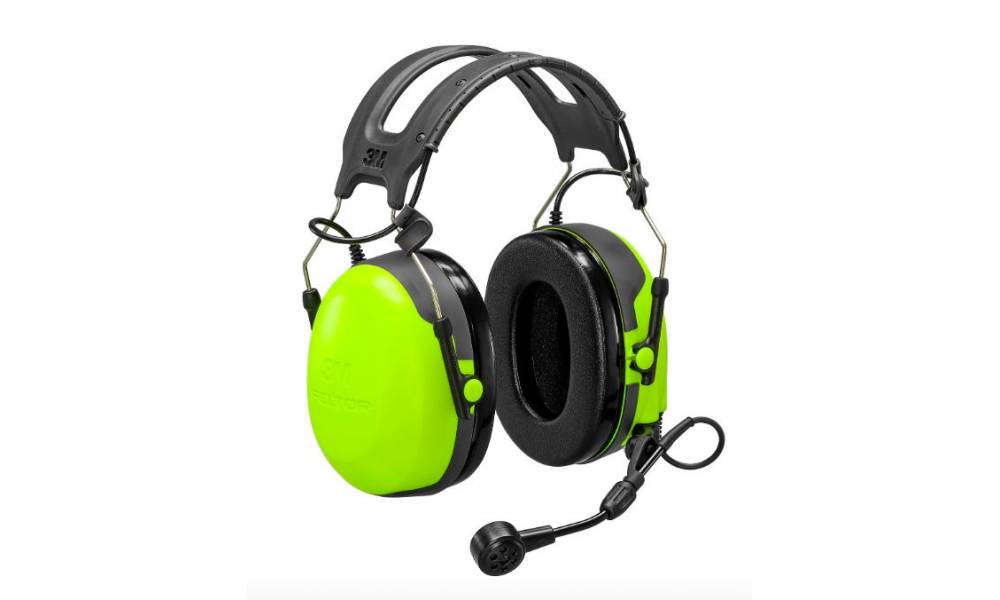When choosing a walkie-talkie, one feature that can have a large bearing on what radios to choose is the frequency.
Walkie-talkies come in two main frequencies – VHF and UHF – There are benefits to both, depending on the type of use they are intended for. In this guide, we take a look at both technologies and discuss what to consider when choosing between VHF and UHF walkie-talkies.
What are UHF and VHF?
Put simply, the terms Ultra-High Frequency (UHF) and Very-High Frequency (VHF) refer to the wavelength that the radios use to broadcast. The frequency is usually expressed in Megahertz or Mhz.
The UHF and VHF bands generally operate at the following frequencies:
UHF – UHF radios operate in the 300 to 3,000 MHz range. However. For two-way radio purposes, the MHz is usually 450 and 512 MHz.
VHF – VHF walkie-talkies usually operate within the 136 – 174 VHF frequency range.
The Difference Between UHF and VHF Two-Way Radios
Walkie-talkies are the perfect communication tool for a huge range of commercial and domestic purposes. From enhancing safety in the workplace to keeping the kids entertained during the school holidays, the versatility and simplicity of walkie-talkies make them indispensable for many households and businesses.
This enduring popularity means there are hundreds of models to choose from when shopping around for the best set. One of the key factors to consider is whether to opt for UHF or VHF walkie-talkies.
This should be on any list of criteria used for choosing the perfect set of walkie-talkies. The choice has a huge bearing on the performance and range of the radios. Mostly this depends on the environment the radios are to operate in, which has a great significance when choosing the right radio.
The following section looks at UHF and VHF and the differences between them.
VHF Walkie-Talkies
VHF waves travel longer distances using less power than UHF waves. This means they are perfect for where communication over longer distances is required. However, VHF radio waves have limited “penetration” power.
In other words, these will not operate well in urban environments or other areas with lots of obstacles.
Benefits of VHF Walkie-Talkies
- Greater range for less power consumption
- Well suited for wide open areas – lakes, fields, and marine environments are all perfect for VHF radios
- Usually less expensive than UHF walkie-talkies when comparing like for like
UHF Walkie-Talkies
The higher frequency of UHF walkie-talkies restricts the range when compared to VHF radios. However, UHF walkie-talkies work better in built-up areas as UHF waves can penetrate walls and concrete better than VHF radios.
This makes them a better choice for those looking for radios that work best indoors or in urban environments.
Benefits of UHF Walkie-Talkies
- Work better in built-up areas or where there are many obstacles
- More channels are available, meaning less interference from other users
UHF vs. VHF – Which is best for your needs?
First, let’s start by saying for most but the most specialised domestic uses, then VHF walkie-talkies are more than adequate. They offer plenty of range with low power usage and are a long-established and proven technology.
For business use, the pros and cons of each type of radio should be considered. Below are lists of typical industries with the optimum type of radio for their sector.
VHF Walkie-talkies
- Agriculture and farming
- Marine environment and dockside
- Road construction and other infrastructure construction projects
- Public safety and outdoor security teams
- Golf Courses
- Sports Teams
UHF Walkie-talkies
- Warehouses
- Manufacturing and factories
- Retail and hospitality (indoor)
- Schools, colleges, and other education establishments
- Hospitals, clinics. Care homes and other healthcare facilities
Conclusion
Choosing the right two-way radio is simple once you understand the key differences between types and how this can affect performance. We hope that this guide has helped you to understand one of the key factors that need to be considered.
Choosing between UHF and VHF radios is much simpler once you understand how the frequency affects performance.
If you need any further help in choosing the right radio, then we can help. At Lynn Communications, our friendly team of experts are always on hand to help with any queries.





